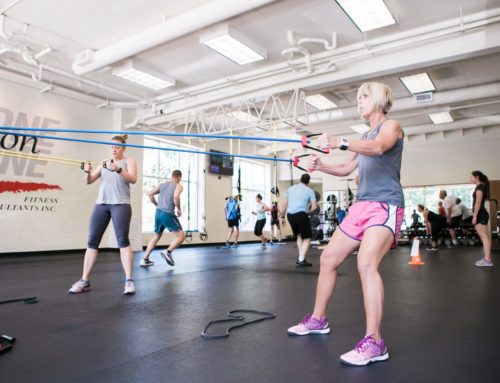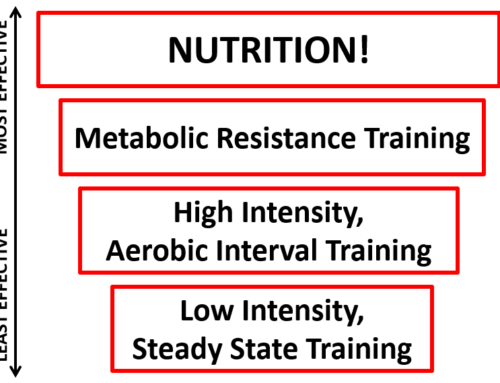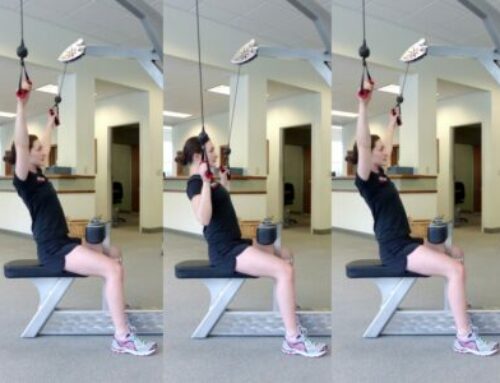We talk a lot about endpoints in our training at One on One. The reason for this is simple: paying attention to each movement’s endpoints will help you maintain good form and maximize your training efforts. But what are endpoints, and how do they guide our training?
Endpoints define a safe and effective range of motion for a specific movement. They are the transition points where a force is decelerated in one direction and then accelerated in the opposite direction. To maximize the acceleration potential, the individual must be stable at the movement’s endpoints. Failure to stabilize can result in sub-optimal performance and potential injury.
For traditional, loaded movements (e.g. dumbbell bench presses, weighted squats, etc.), endpoints are established for the purpose of maintaining the integrity of our joints and preventing injury. Endpoints are based on joint mobility, stability and the ability to control the range of motion. They will be slightly different for each individual and can increase over time as your movement capabilities improve (i.e. depth of squat). Most importantly, you must respect YOUR endpoints, the benefits of going too deep into a movement do not justify the associated risks.
Endpoints for functional or unloaded exercises are less strict. These movements look more like activities of daily living, and their endpoints are defined by an individual’s abilities, the desired emphasis of the exercise, and what is necessary to perform and function at a high level. A medicine ball woodchop is a great example of this. Performing a woodchop with a big range of motion emphasizes completely different skills than a smaller, quicker woodchop.
Regardless of the type of training, it is important for us to identify the endpoints of each movement and learn to stabilize at those endpoints. Think of the game “Red Light, Green Light” during each set. Imagine hearing “red light” at each endpoint. Can you stop immediately with no extra movement? What does your posture look like? Are you still maintaining the other essential parameters of the movement? Are you balanced? If yes, you are stable and can get busy working safely and quickly in both directions.
This week, focus on endpoints and get the most out of your exercise in the safest way possible!
Copyright 2011 Fitness Consultants Inc. All rights reserved.




